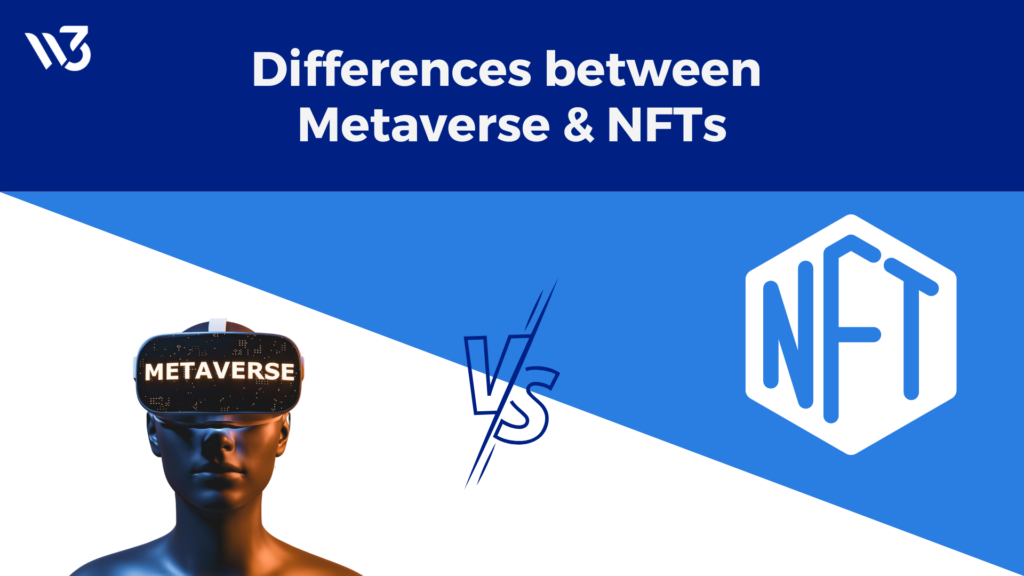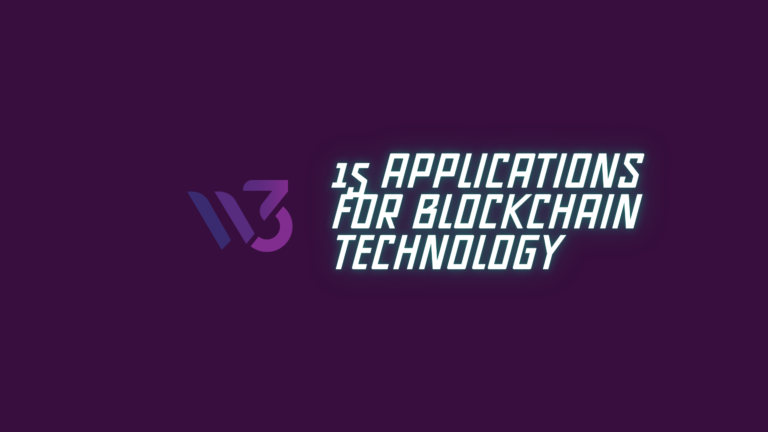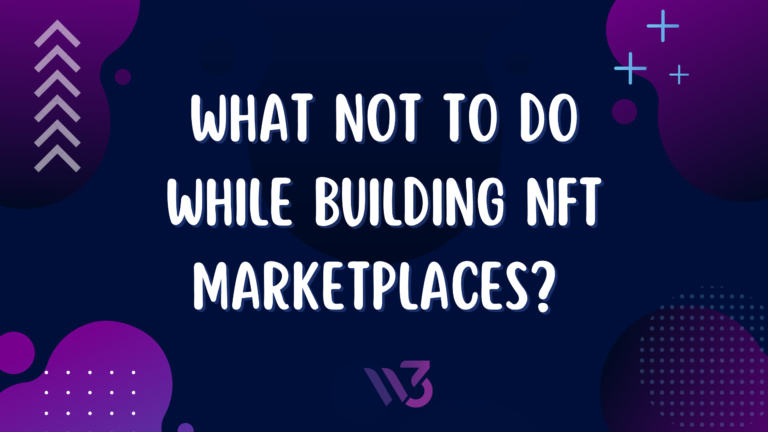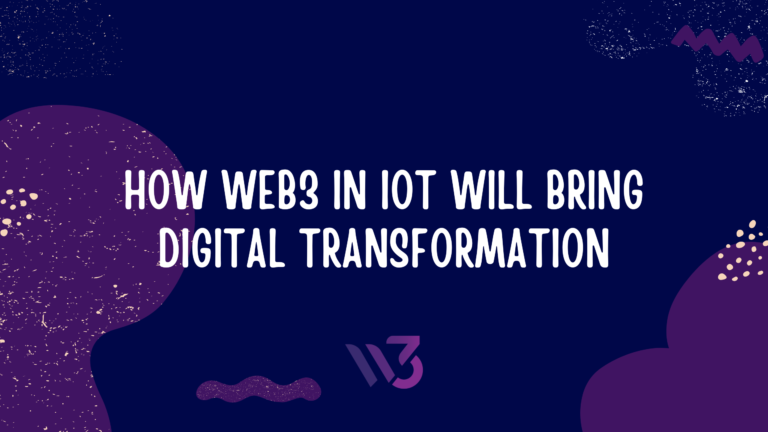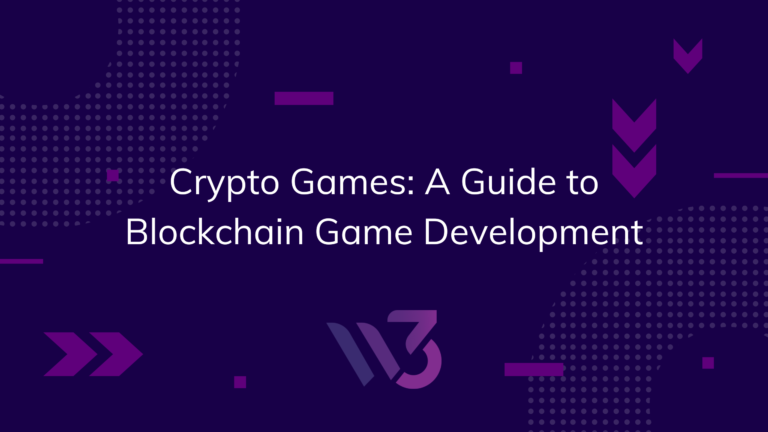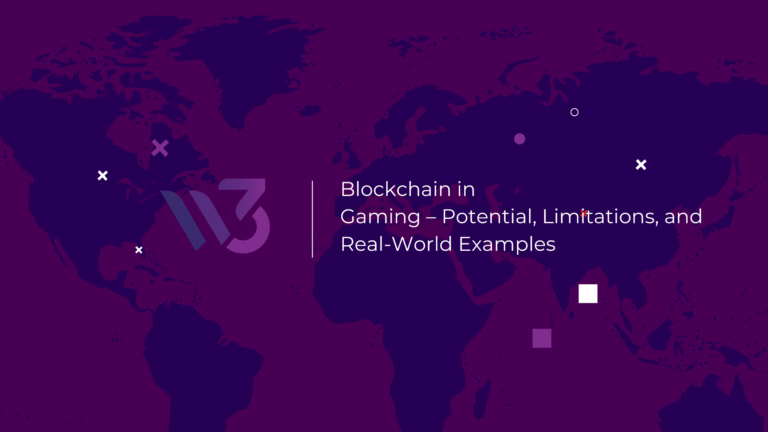The top points of discussion in the world of technology right now revolve around the creation of new digital assets. With every aspect of enterprise operations and systems going digital, it is important to wonder about new and innovative methods for creating digital assets. The NFT vs metaverse comparison reflects solely on the opportunity for shaping up a new world of decentralized solutions.
Many of you must be wondering about the possible pointers of difference between NFTs and the metaverse, while some of you may be witnessing the terms for the first time. The following discussion offers you a detailed overview of NFTs and the metaverse alongside the differences between them.
What are NFTs?
Non-fungible tokens or NFTs are a new group of digital assets based on blockchain technology. NFTs are basically the representation of assets on a blockchain network. For example, you can create unique digital artwork and convert it into an NFT. The artwork would stay on a blockchain network with access privileges specified by the owner.
Similarly, you can also represent a piece of real estate as NFTs on a blockchain network. How are NFTs so special in the metaverse vs NFT comparison? The distinct highlight of NFTs refers to the fact that they represent unique ownership titles to a specific asset, physical or virtual. If you own an NFT, you are the sole owner of the NFT, and nobody else can exercise their rights to the asset.
Blockchain serves as the most common highlight of difference between NFT and metaverse, with a direct focus on blockchain being a component in both. Blockchain technology not only serves as a decentralized, peer-to-peer system for cryptocurrency transactions. It can work as a ledger of transactions with a specific asset and could help in tracing the journey of the NFT through different transactions. Who bought the NFT? Are there any subsequent sales of the NFT in the future? No matter what information you want about an NFT as its owner, you can discover it easily.
NFTs or non-fungible tokens are unique assets because they are not interchangeable. Apart from the assurance of single proof of ownership, non-fungible tokens cannot be exchanged for one another. You cannot exchange a vintage trading card with a few collections of new trading cards. The ‘non-fungible’ in NFTs basically means that every NFT has its own distinctive highlights, separating them from one another.
Real Uses of NFTs
The NFT vs metaverse comparison would also point at the different examples of non-fungible tokens in music and artwork. An overview of the examples of NFTs could provide a better impression of how they are different from the metaverse. You can notice some of the popular examples of NFTs, such as the CryptoPunks and BAYC NFTs.
Bored Apes are a huge hit among celebrities as they are gaining popularity as the most interesting profile pictures on the internet. Similarly, other use cases of NFTs imply a representation of ownership over physical assets. The distinct traits of the NFTs support their different use cases. When you purchase an NFT, you receive the ownership certificate for the asset it represents.
You can find the next pointer in the non fungible token vs metaverse comparison on the grounds of accessibility of NFTs. Where can you find them? Accessibility of NFTs definitely plays a crucial role in ensuring that you have them at your disposal when you need them. Interestingly, the broad collection of NFT marketplaces is one of the foremost advantages for accessing NFTs when you need them. Some of the popular NFT marketplaces, such as OpenSea, offer access to all types of NFTs with their detailed information. You can use cryptocurrencies for purchasing NFTs just like you would purchase another crypto asset.
Understanding the Metaverse
The answers to “Are NFT and metaverse the same?” can find a solid footing only through a detailed understanding of the metaverse also. After uncovering the basics of non-fungible tokens, it is important to unravel the mystery behind the metaverse. Conceived as a major plot element in a science-fiction novel in 1996, the metaverse points to some significant changes in the way we use and access digital technologies. One of the most significant highlights about the metaverse suggests that it would be a 3D representation of the internet. Think of moving around the internet as if it were a huge virtual superstore with different shops and stalls.
The metaverse definition can offer much-needed clarity for the metaverse vs NFT comparison. As of now, the internet has been through a few distinct stages of evolution, starting with web 1.0 and continuing with web 2.0. The web 3.0 revolution is more likely to introduce a wave of new decentralized applications tailored for personalized use cases. Many companies are working on developing their metaverse platforms with the basic objective of changing how people think of virtual gaming or virtual worlds. Many users could experience the different features of the metaverse at one particular instance of time.
The general definition of a metaverse in the non fungible token vs metaverse comparison would draw the limelight towards the identity of a virtual world. The metaverse is a massive, open, shared, and persistent virtual world rendered in 3D with a collection of various virtual spaces. Each virtual space in the metaverse can offer access to specific services and solutions.
Most important of all, the virtual spaces in the metaverse are completely interoperable with each other. You can establish a solid line of difference between NFTs and the metaverse by checking out the similarity between them. The metaverse also depends on blockchain technology to an extent for facilitating interoperability alongside security of assets. Blockchain technology not only offers decentralization for the metaverse but also the foundations for a creator economy.
Real Uses of Metaverse
The world is still a few years away from witnessing a completely functional metaverse. However, many metaverse platforms have already made a mark in the web 3.0 ecosystem for their unique functionalities. As of now, most of the use cases of the metaverse are evident in the field of gaming. The difference between NFT and metaverse might become a bit clear when you can identify the basic relationship between the concepts. Non-fungible tokens are the essential tokens or products required for trading within the metaverse. NFTs serve as representatives of asset ownership within the metaverse. For example, virtual land parcels are actually NFTs.
The use cases of the metaverse are more likely to expand in the future as the technology attains more maturity. One of the most popular use cases of the metaverse refers to advertising in the metaverse. Brands can leverage virtual spaces within the metaverse as the favorable grounds for spreading the word about their new products or services. Many popular brands such as Nike, Louis Vuitton, and others have successfully ventured into the metaverse for the objectives of advertisement.
Difference between NFTs and the Metaverse
NFTs and the metaverse are practically the two hottest terms in the emerging web 3.0 landscape right now. Almost everyone in the world of technology wants to know, “Are NFT and metaverse the same?” with massive levels of unprecedented growth in their popularity. On the contrary, it is important to look for the ways in which both terms are different. The differences between NFT and the metaverse can help you understand how they fit in the broader web 3.0 ecosystem.
Many of you must have perceived the internet we see today as the perfect iteration of the same. However, the web 2.0, or the internet we see and use today, has a lot of complications underneath. For example, the control of user data in the hands of centralized companies is a huge setback for user privacy.
The concepts of metaverse and NFTs are revolutionizing the future of the internet. The primary difference between NFT and metaverse points to the basic definition of the two. Non-fungible tokens are basically a type of virtual token, while the metaverse is a virtual world of its own. Here is a detailed overview of the differences between them.
Here is an outline of the differences between NFTs and the metaverse in a table.
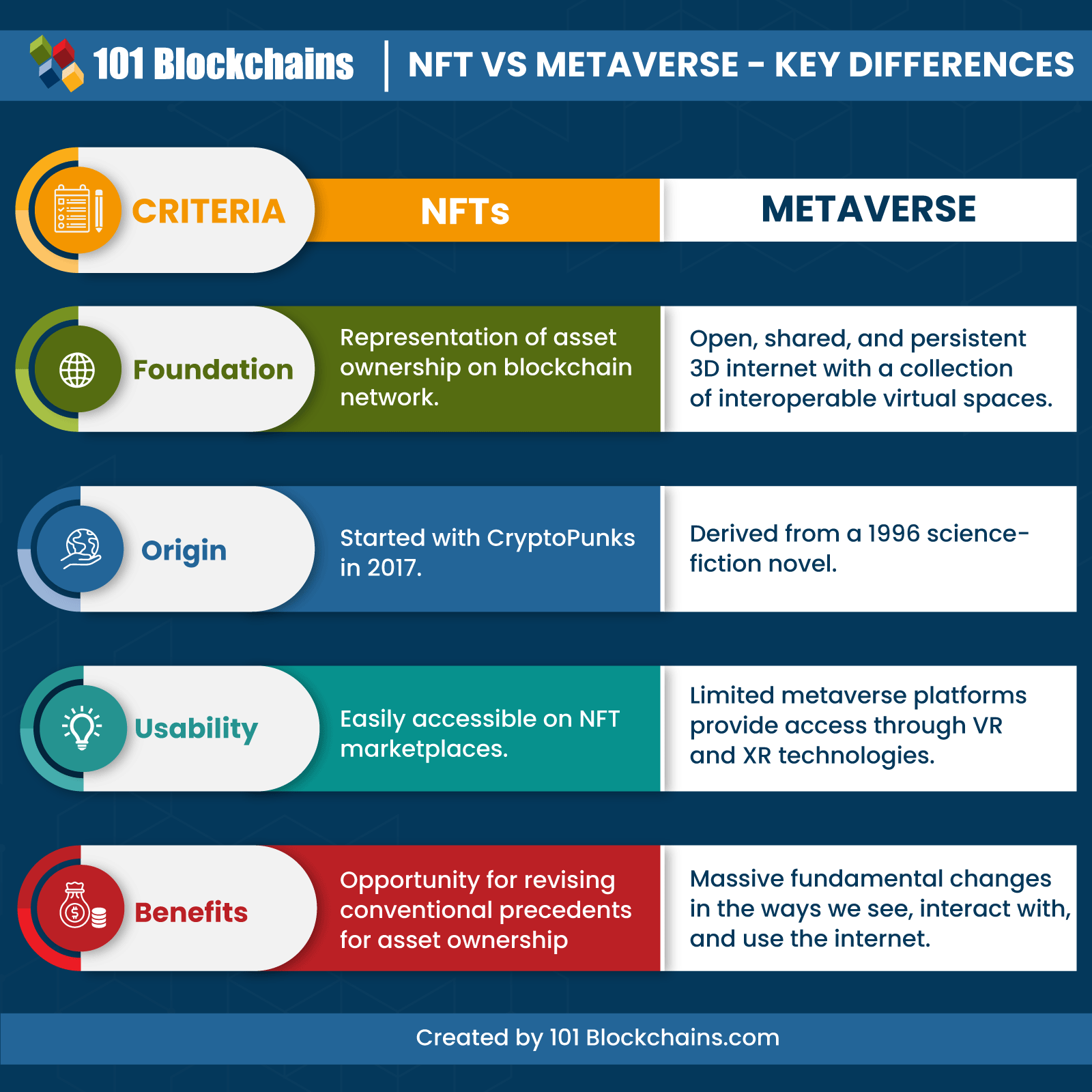
-
Foundations
The definition of NFTs and the metaverse provide adequate grounds for effective comparison between them. You should take note of the fact that the basic foundation in the NFT vs metaverse comparison revolves around the use of blockchain technology. Blockchain is an integral part of NFTs as it is crucial for smart contract development, which dictates the ownership and transactions with NFTs.
On the other hand, the metaverse is a large world based on the vision of creating an open, shared, persistent, and highly interactive internet. Non-fungible tokens feature the traits of immutability, non-fungibility, and security. On the other hand, the metaverse offers a broad range of traits, including decentralization, user identity, creator economy, and experiences.
-
Origins
The origins of NFTs go back many years to 2017 with the introduction of CryptoPunks. At this time, the CryptoKitties collection also made some news for congestion of the Ethereum network. The origins of NFTs suggest the possibilities for creating new blockchain-based assets which denote unique ownership. As a result, the arrival of NFTs might have apparently triggered new developments in facilitating decentralization of asset ownership.
The metaverse vs NFT comparison in terms of origins shows the vision and goals behind each technology. Speaking of goals, the metaverse does not have a single goal. It improves decentralization and opens up the doors to many other use cases. The origins of the metaverse go back to a science-fiction novel, which depicts the metaverse as an escape from the real world.
-
Usability
The next prominent highlight in the non fungible token vs metaverse difference would point at the usability. How easily can you access the NFTs or metaverse platforms? You can find many platforms such as NFT marketplaces for getting your hands on the best NFTs. As of now, OpenSea is the biggest NFT marketplace where you can navigate through all details of NFTs before buying them.
You would also find how the metaverse is also easily accessible through multiple platforms. Users can access the Sandbox metaverse, Roblox gaming metaverse, or other metaverse platforms, especially the Facebook Meta platform. All you need is a set of your favorite VR or XR gadgets, and you can enter any metaverse platform.
Final Words
The overview of the NFT vs metaverse comparison shows that they are completely different entities. Most of the confusion surrounding similarities between them revolves around the fact that both of them have close ties with decentralization. NFTs are transforming the way we perceive asset ownership in the real and virtual worlds.
On the other hand, the metaverse is transforming the way we perceive and use the internet. Will both technologies bring any meaningful change to the world in general? Let’s discuss below!
Source: 101 Blockchains
